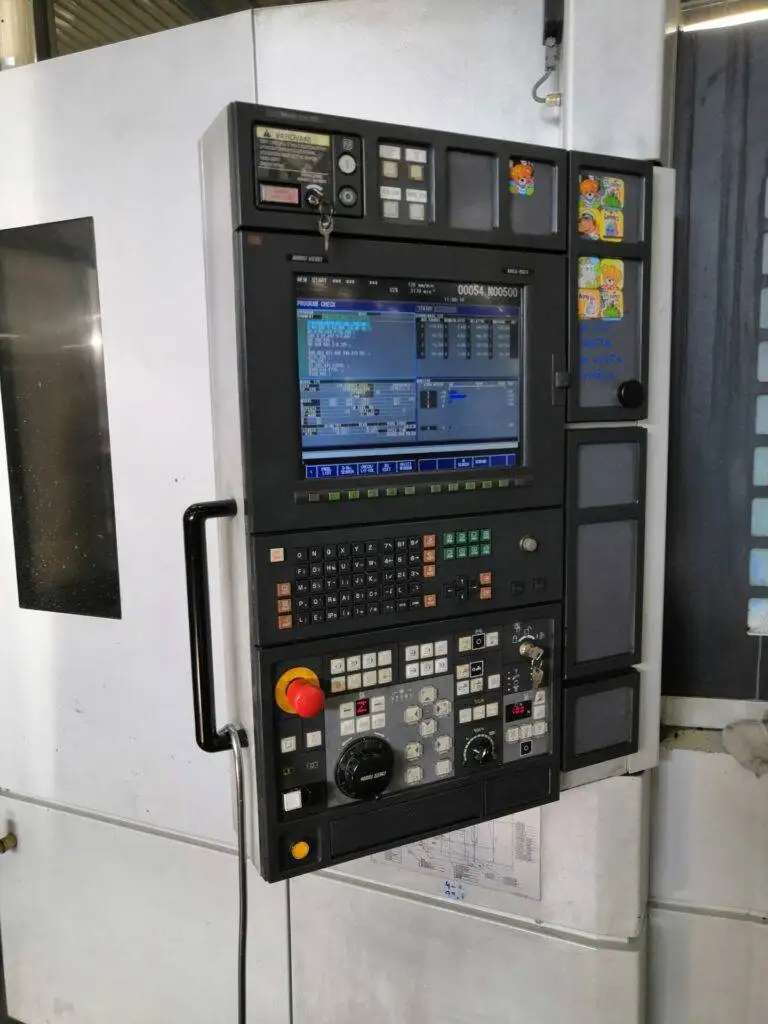Fused Deposition Mode PETG
Fused deposition modeling (FDM)
is a popular additive manufacturing technique in which molten plastic is deposited layer by layer to create a three-dimensional object. PETG (Polyethylene terephthalate glycol) is a thermoplastic polyester that is commonly used in FDM 3D printing. In this article, we will discuss the properties of PETG and how it is used in FDM 3D printing.
Properties of PETG
PETG is a popular material for 3D printing due to its excellent properties. Some of the properties of PETG that make it an attractive material for FDM 3D printing are:
Transparency
PETG is a transparent material that allows for the creation of visually appealing objects. This property makes it an ideal material for printing objects such as light diffusers, lenses, and other transparent objects.
Strength
PETG is a strong material that is less brittle than other materials used in 3D printing. This property makes it an ideal material for printing objects that require strength, such as tools, machine parts, and other functional objects.
Chemical Resistance
PETG is resistant to many chemicals and solvents, making it an ideal material for printing objects that will come into contact with chemicals or solvents. This property makes it an ideal material for printing objects such as chemical containers, lab equipment, and other related items.
Ease of Printing
PETG is an easy material to print with. It has a low shrinkage rate, which makes it easier to print complex objects without warping. It also has a low odor, making it a safer material to use compared to other materials that emit strong odors.
How to Print with PETG
Printing with PETG is relatively easy, but there are a few things to keep in mind to get the best results. Some tips for printing with PETG are:
Bed Temperature
PETG requires a higher bed temperature than other materials, typically around 80 to 85 degrees Celsius. This temperature ensures that the first layer adheres well to the bed and prevents warping.
Nozzle Temperature
PETG requires a nozzle temperature of around 240 to 260 degrees Celsius. This temperature range ensures that the material melts correctly and flows smoothly.
Cooling
PETG requires some cooling to prevent stringing, but too much cooling can cause warping. It is best to experiment with different cooling settings to find the optimal settings for your printer.
Print Speed
PETG requires a slower print speed than other materials, typically around 30 to 40 mm/s. This speed ensures that the material has enough time to cool and solidify properly.
Conclusion
Fused deposition mode PETG is an excellent material for FDM 3D printing due to its excellent properties. Its transparency, strength, chemical resistance, and ease of printing make it an ideal material for printing a wide range of objects. By following the tips mentioned above, you can get the best results when printing with PETG.





